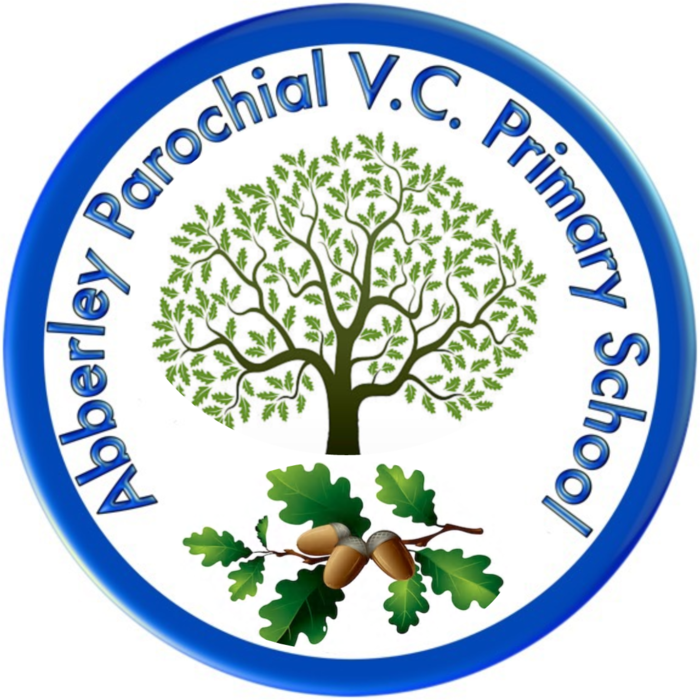Monday 4th May
English- Now that we have finished reading The Bad Beginning, we are going to move onto some different types of English lessons, these lessons will be a mix of revisiting/revising prior knowledge and then building on this. Today there are separate Year 3 and Year 4 lessons. Please see below for more information on your year group.
Message from Miss Hughes- I would love to read another story to you all. If you have a suggestion for the next book you would like to read, please comment on a piece of your work on j2e letting me know what book and your reasons why you would like me to read it to you and your classmates. It may be something that you have read before and think everyone would enjoy it, or it could be something that you have been wanting to read and would like to share the experience with everyone. Looking forward to hearing your ideas!
Year 3 LO: To understand verbs and be able to identify them in a sentence.
LESSON<< Here is the link to your lesson today. It is from BBC Bitesize, something that we sometimes use in school, so you should be familiar with it. The lesson includes 2 video clips to help you and then 3 activities to work through.
Year 4 LO: To identify different types of pronoun and when to use them instead of a noun.
LESSON<< Here is the link to your lesson. It is from BBC Bitesize, something we sometimes use in school, so you should be familiar with it. This lesson includes a revision video and then a video to introduce pronouns and 3 activities. Work your way down the web page and all the instructions are there.
Maths:
Miss Hughes’ group – L.O. To find equivalent fractions
You are carrying on with equivalent fractions for most of the week. This is a very important part of fractions and it is really important that you get to grips with being able to find equivalent fractions. You will need to focus on how a number line can be divided into different amounts of equal parts and how this helps you to find equivalent fractions e.g. a number line divided into twelfths can also represent halves, thirds, quarters and sixths.
Watch the video below and then do the attached worksheet.
Mrs. Gregory & Mrs. Postlethwaite’s group – L.O. To be able to make a whole
Today you are going to be using your knowledge of tenths and hundredths to make a whole. You can use pictures or concrete resources to help you. Always have your place value grid to hand as this will also help your understanding.
Watch the video below and then do the attached worksheet.
PE: LO: To enjoy some exercise with Joe Wicks
